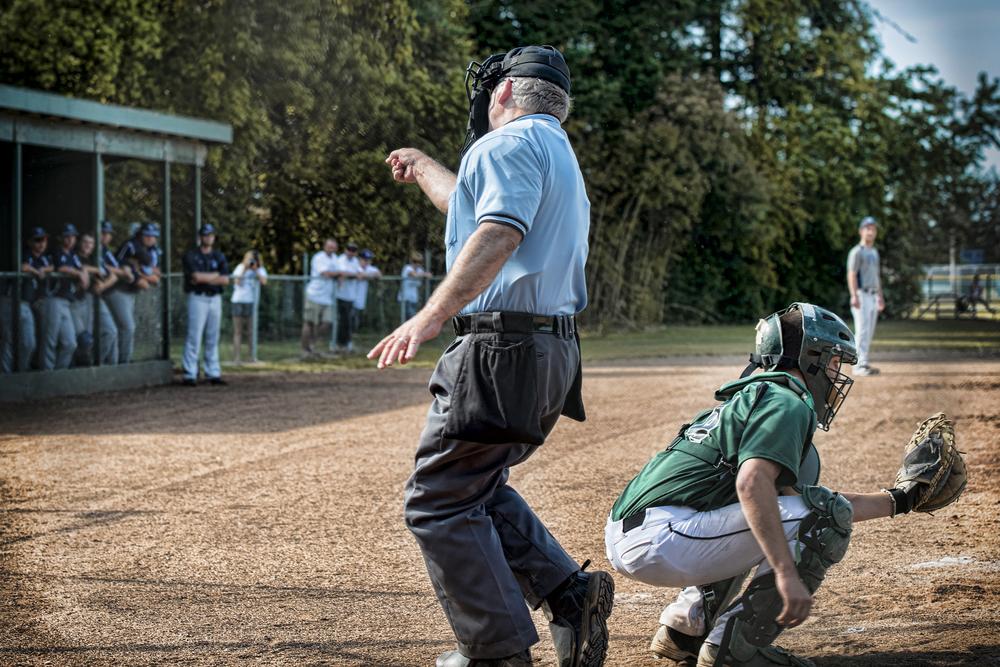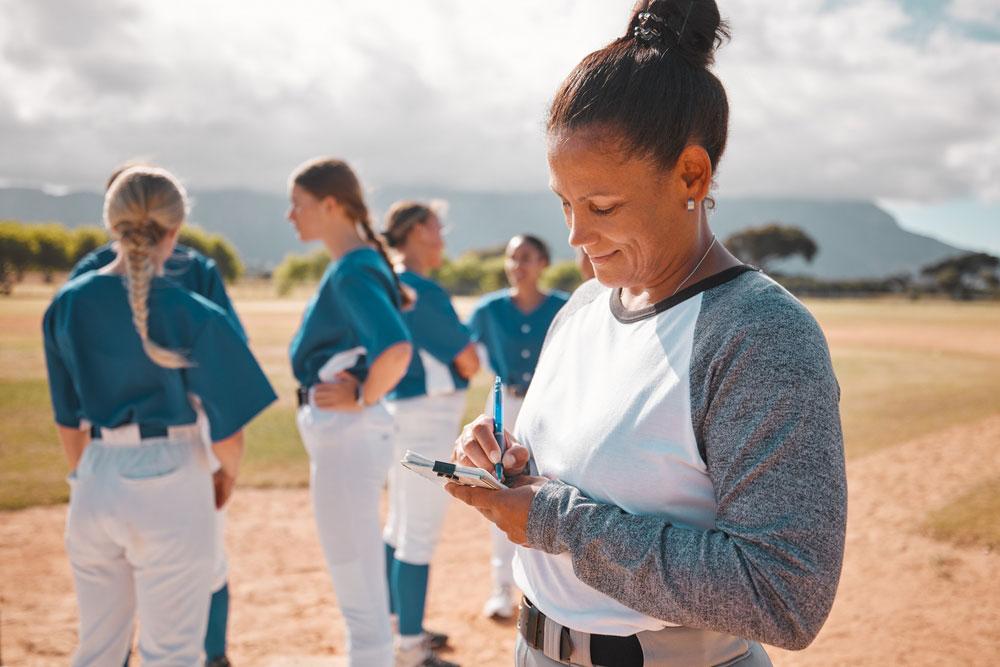 Bad calls happen. They happen in youth sports, high school sports, professional sports, and the Olympics. Of all the places where officiating mistakes happen, youth sports are probably where they matter the least. But, it’s on the sidelines of kids’ games that we often see parents and coaches losing their cool.
Bad calls happen. They happen in youth sports, high school sports, professional sports, and the Olympics. Of all the places where officiating mistakes happen, youth sports are probably where they matter the least. But, it’s on the sidelines of kids’ games that we often see parents and coaches losing their cool.
Before we look at three categories of bad calls and how to deal with them, it is crucial for all parents and coaches to remember that the referees in youth sports are often volunteers. Even those who are paid are likely refereeing out of their love of the sport rather than the compensation. They are human. They make mistakes. They have feelings.
Making accurate calls is important, but if we are looking to youth sports to teach kids valuable lessons about sportsmanship, responsibility, competition, and handling adversity, then it is important to realize that missed calls play a necessary role in teaching those lessons.
Let’s look at three categories of officiating errors and how parents and coaches can best respond to them.
The Referee Missed It
A referee can’t be everywhere at once, and there is no instant replay in youth sports. Sometimes things like a handball in soccer, a travel in basketball, or an out-of-bounds in field hockey simply get missed because the referee wasn’t in a position to be able to see it. Play continues with this type of error even though the correct call would have resulted in a stoppage of play. The players involved often know the error occurred, and parents and coaches who happened to be in the right position to see the foul know it occurred. So what should happen next?
Coaches:
Don’t overreact to individual instances of missed calls due to unseen infractions. If it’s becoming a consistent problem, either in your team’s favor or not, have a calm conversation with the referee during a stoppage in play. Referees want to perform as well as they can, and pointing out a consistent problem can help the referee address it.
Your players’ attitudes and actions will reflect your response to missed calls. If you express anger or frustration, they are likely to respond that way as well, on the sidelines and on the field.
When talking to your players, use this type of missed call as an opportunity to point out that things don’t always go your way, but you have to keep playing and focus on what you can control. Another way to approach it is to encourage players to perform their best so the game is not close enough that a missed call would affect the outcome.
Parents:
Try not to worry about it and absolutely don’t yell about it. Your job on the sideline is to encourage your athlete and all the athletes on the field or court. You’re there to enjoy watching your child. You’ll probably notice missed calls, but let the coaches and officials handle it.
When your child expresses frustration about missed calls, either during a break in play or after the game, you have the same opportunity as the coach to reinforce the notion that life isn’t always fair, things don’t always go your way, and you can only control your own play.
The Referee Misjudged it
This category of officiating errors focuses on infractions the referee sees, but misjudges in terms of severity. For instance, a shove, kick to the shins, or elbow to the ribs might look pretty benign from one angle, but very rough from another. Compared to missed calls, misjudged calls often have an impact on player safety.
In some cases, referees may be too lenient and allow rougher play that endangers athletes. In other cases, referees are hypersensitive to contact and call fouls that seem unnecessary.
Coaches:
If the official is being too permissive of rough play and your players are at risk, speak to the official immediately to encourage them to be more proactive about controlling aggressive play. You can also adjust your player matchups or game strategy, if possible, to reduce the frequency of contact with players who are being aggressive.
On the other hand, if the official is highly sensitive to infractions, work with your players to be even more conscious of how they’re playing. This can be a useful lesson on adapting to the situation.
Parents:
Watching someone be rough with your kid is hard to handle calmly, but losing your temper isn’t going to help either. Let the coaches and referees handle it on the field, and if you feel the need to make your voice heard, talk to your team’s coach. Avoid the urge to yell at the ref, and absolutely refrain from yelling directly at the opposing player.
If your player or team is getting called for infractions based on a highly sensitive referee, use the opportunity to reinforce the idea that you have to learn how to adapt to the situation and find a way to perform your best.
The Referee Got Mixed Up
Sometimes officials make mistakes, like losing track of the number of players on the field, counting the incorrect number of strikes or balls, or giving the ball to the wrong team. It happens. This is when the old adage, “It takes a village…” comes into play.
Coaches:
If you notice the error, bring it to the official’s attention so it can be corrected. Particularly in youth sports, these situations are best handled with a sense of humor. In competitive club and school sports, there may be a more formal process for correcting officiating errors.
Parents:
If you notice the error, bring it to the coach’s attention instead of directly confronting the officials. The coach is the person designated to speak and make decisions on the team’s behalf. And in a loud environment with voices coming from all directions, the coach is the person an official will pay attention to.
Takeaway
Youth sports, even competitive youth sports, are supposed to be a positive experience for young players. Accurate officiating is important, but the big picture lessons that can be learned through youth sports participation are achieved through wins and losses, good calls and bad.



